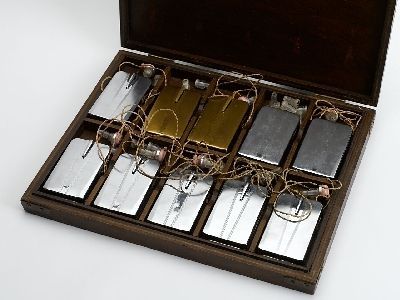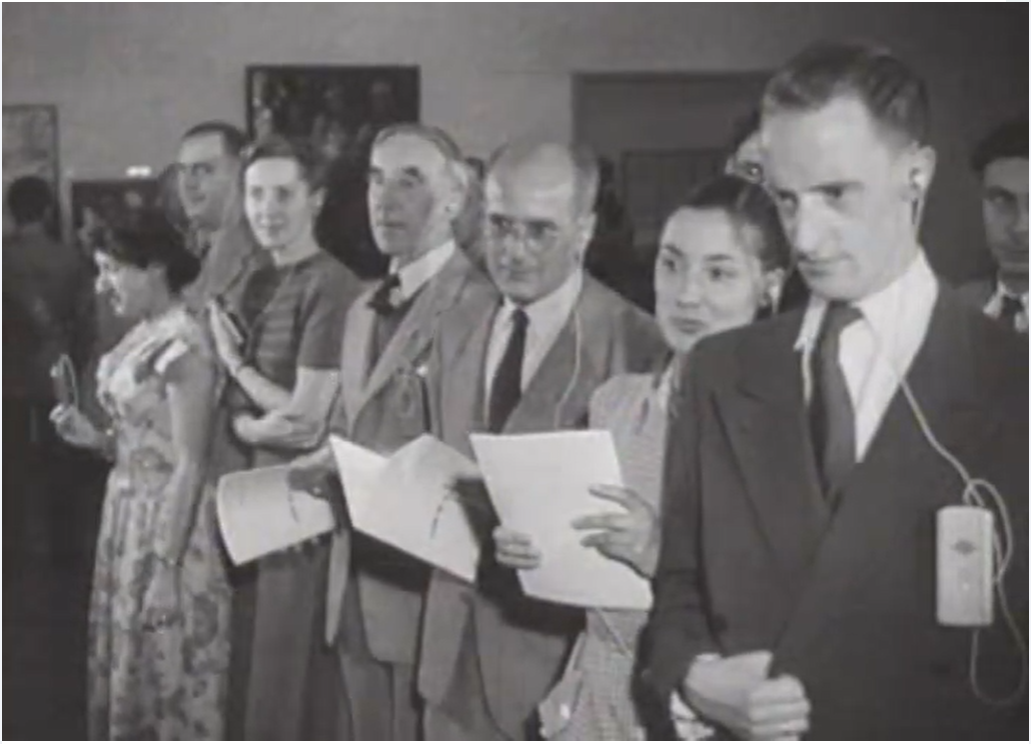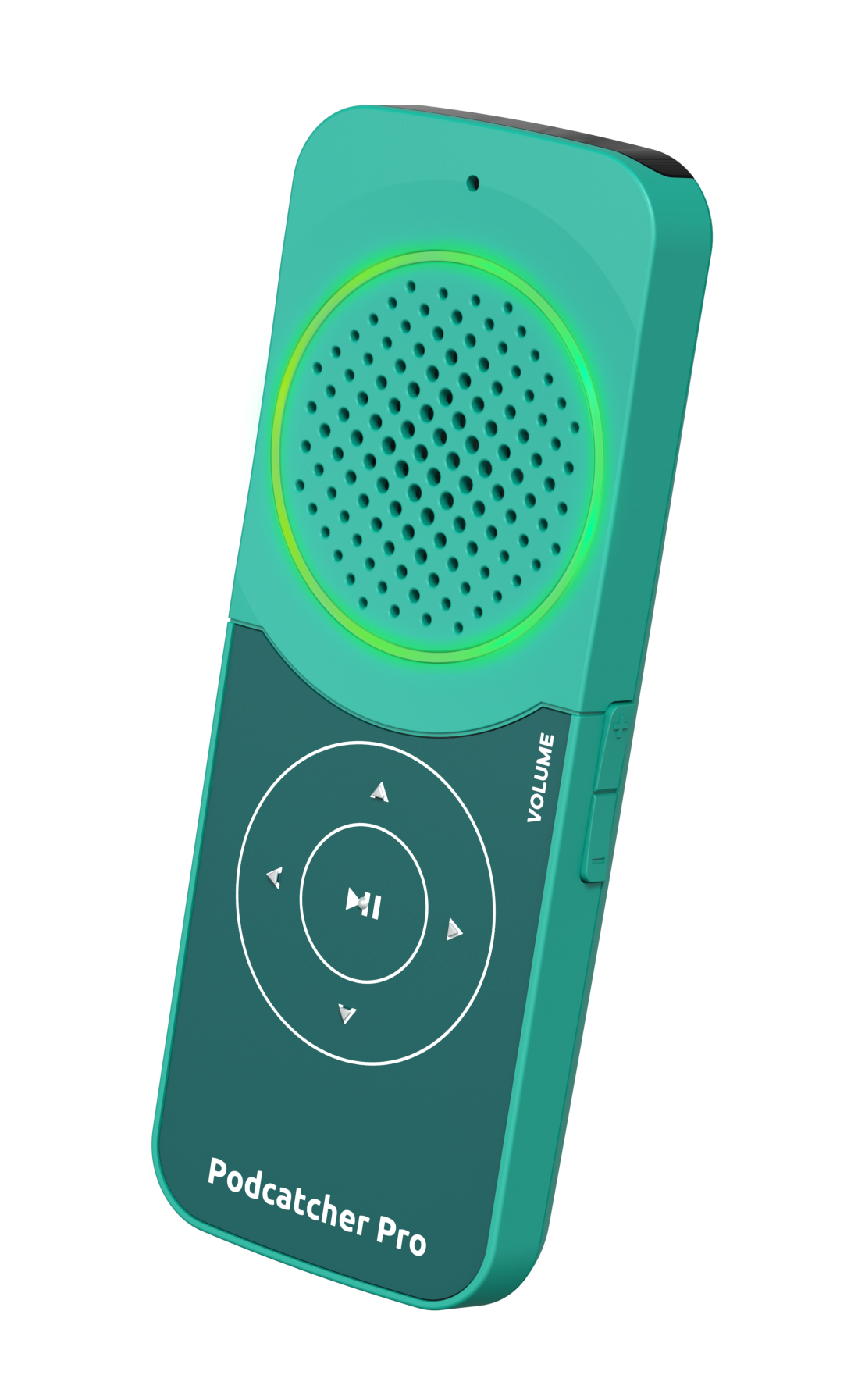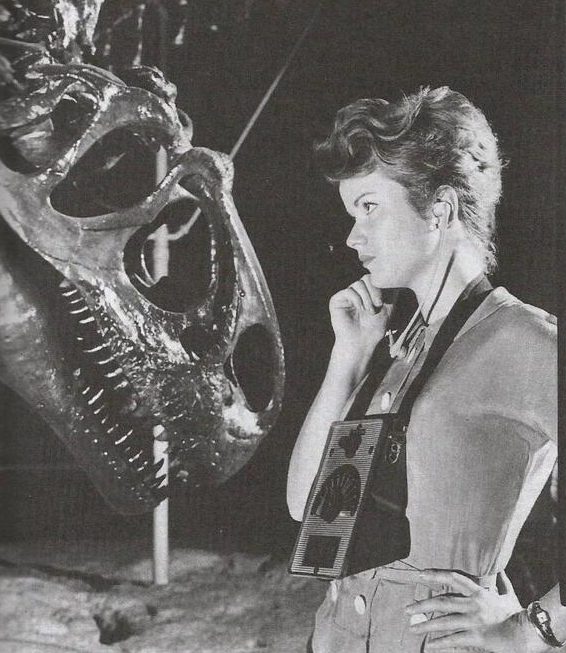The History of Audio Guides
Demi Verkade • sep 21,2023
Can art speak? With audio guides, the answer is a resounding yes. Jump into the world of audio guides, as we find out about their origins and see what the present brings us whilst unlocking the full potential of the museum experience.

Image copyright © Stedelijk Museum Amsterdam

Image copyright © Nederlands Instituut voor Beeld en Geluid
The First Audio Guide
Our journey begins in 1952, where the very first audio guide was brought to life by Willem Sandberg. Willem Sandberg was the director of the Stedelijk Museum Amsterdam and created the audio guide for a temporary exhibition called: ‘Vermeer: Real or Fake’.
Wondering how the magic of these audio guides unfolds? Let’s take a peek behind the curtains! Back then, the audio guides themselves were produced by Philips. The lectures for the exhibition were pre-recorded and delivered to the visitors by a shortwave radio broadcasting system using an analog playback tape recorder as a broadcast station. With special fixtures on the ceilings of the galleries sending the information to the audio guide, visitors could listen to the audio through their headphones.
As everyone in the museum listened to the exact same audio, visitors walked through the museum in complete synchronicity, and with tours being planned throughout the day in different languages, the stories became available to an even bigger audience. Just imagine the shared marvel of discovery with your fellow visitor!
A journey through the past
So, what happened after the first audio guide? Let’s find out!
The simple, yet ground-breaking concept of the audio guide found its voice in other prestigious homes of art, such as the National Gallery of Art in Washington who created an audio guide system called LecTour in 1958. The American Museum of National History started using an audio guide called Sound Trek in 1961 and by 1963 the Metropolitan Museum of Art introduced their audio tour which consisted of a tape player with a leather shoulder strap that visitors could carry around. In the late 1970s a Sony Walkman kind of system was created for the world famous “Treasures of Tutankhamun” traveling exhibition.
In the bustling year of 1980, a surge in technology transformed our world - and audio guides were no exception. This wave of innovation brought us the compact cassette, a major milestone which significantly downsized audio guides. Fast forward to 1986, with another leap being taken for audio guides - literally into our pockets! The audio guide became a pocket-sized companion, which carried a universe of information within themselves, without needing a distant broadcast anymore.
In 90s, audio guides embarked on another transformative journey from the realm of analog to the bright new future of digital. This gave visitors' not only the freedom to wander unhurried and unrestricted throughout the museums but created the ability to customize experiences as well. No longer bound by the constraints of time, visitors could decide on the path that their curiosity wanted to tread or the language that their heart resonated with - the reigns were in their hands.
As the years passed by, audio guides continued to evolve with creativity and collaborations blossoming. One such notable collaboration started in 2012 when the iconic Louvre Museum joined hands with Nintendo. The result was a unique and exclusive audio guide experience, made exclusively for the Nintendo 3DS systems. Blending art and history with cutting-edge technology gave way to this new dimension of discovery, making the museum visit both engaging and memorable.

Innovations unfold
Today, audio guides have become practical and elegant companions, giving an immersive and sensational learning experience. With a wider variety of audio guides to choose from, and aided by the integration of new technological advancements, the realm of audio guiding is changing into an even more amazing experience.
For example, AI features illuminate our platform by creating text-to-speech content which creates natural-sounding voice overs. Moreover, with using tools like ChatGPT to assist us, content creation itself becomes a breeze! Making it even easier to update the content of the audio guides and tell fresh narratives whenever the occasion calls for it.
These new features and tools are an important aspect of audio guides. With them, they can embrace different languages, resonate with diverse cultures, and adapt to varied levels of comprehension, making room in the circle of inclusivity for every museum visitor.
Ready, Set, Visit
Audio guides have evolved, interactive companions that are paving a path to immersive learning experiences. Being an open invitation to everyone, regardless of background or ability, they unlock the potential to plunge into the depth of art and history.
So, when you have time to visit a museum, pick up an audio guide. Use it as your personal storyteller, painting colours with sounds in your imagination as you stroll through the museum. Try it, and share your experiences with us!
Information sources:
- Gasparotti, V. (2014). Beyond the Audio Tour: Challenges for Mobile Experiences in Museums. Amsterdam: Reinwardt Academy.
- Othman, M. K., Petrie, H., & Power, C. (2011). Engaging Visitors in Museum with Technology: Scales for the Measurement of Visitor and Multimedia Guide Experience. University of York.
- Proctor, N., & Tellis, C. (n.d.). The State of the Art in Museum Handhelds in 2003. Museums and the Web. Retrieved from https://www.archimuse.com/mw2003/papers/proctor/proctor.html
- Tallon, L., & Walker, K. (2008). Digital Technologies and The Museum Experience: Handheld Guides and other Media. Altamire Press U.S.
Contact
Leeuwenbrug 117
7411 TH Deventer
The Netherlands
BE: 0800 45 009
UK: +44 (0)20 338 468 38
US: +1 (347) 523 8619

